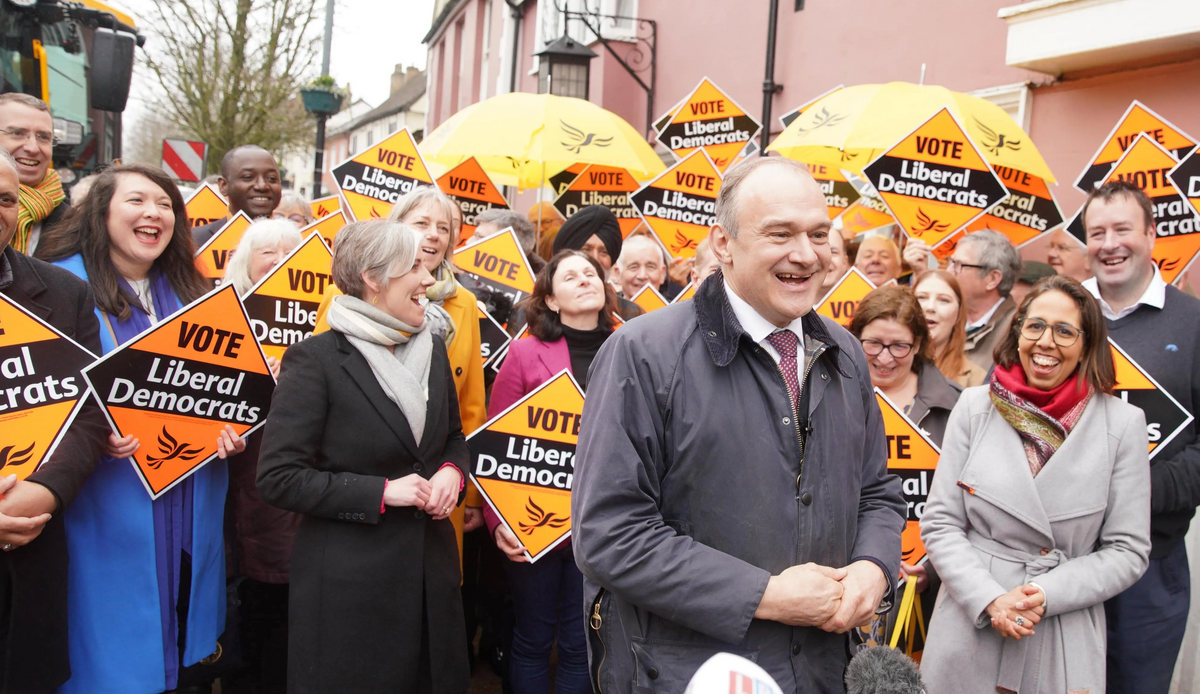
Just like everywhere workplace, the COVID-19 pandemic had a significant impact on the way Parliament operated. For example, MPs were able to contribute to debates remotely, with big screens erected around the Chamber of the House of Commons and Lords to create a hybrid environment. During COVID-19 another significant change was the introduction of electronic voting. Whilst innovative for the UK Parliament, this is routinely used elsewhere, for example in the Scottish Parliament. So how do MPs and Lords vote in the UK Parliament and why was electronic voting not retained after COVID-19?
How do divisions take place in the House of Commons and Lords?
When a vote (division) needs to be taken in the House of Commons, or the House of Lords, the Speaker will first test the opinion of the House by calling a voice vote. In this procedure, MPs will shout ‘Aye’ or ‘Nay’ depending on their opinion. If the will of the House is clear after this voice vote, the matter will be decided. Sometimes, this is very straightforward, for example in the routine vote on whether the House should adjourn for the evening. However, if the result of the voice vote in unclear, the Speaker will call for a division. At this point, bells ring across the House of Commons and MPs have 8 minutes to register their vote. They do this my entering one of two lobbies, which are either side of the House of Commons. As they enter the lobby, their vote is recorded by tellers. The result is then bought to the House of Commons and announced by the Speaker.
There are some advantages of this system:
- It encourages MPs to take part in debates. If they know they are going to be expected to vote near the Commons Chamber, there is a greater chance they will attend the debate.
- It is transparent. Not only can people see which lobby MPs go into, the vote is also recorded in Hansard, the parliamentary record.
- It allows MPs to enter a dialogue with each other. They can conduct parliamentary business while waiting to be counted in the division lobby. This is particularly a benefit for Backbench MPs who otherwise have little chance to mingle with Cabinet Members and other Frontbench MPs.
However, there are also some clear limits:
- It is extremely time consuming. Each vote takes approximately 15 minutes. In some debates, where multiple amendments have been made to a bill, there could be upwards of ten votes on a single bill.
- It is inconvenient. It forces MPs to drop whatever they are doing to race to the Commons chamber. This is a particular problem for Government Ministers who are unlikely to be in the vicinity of the chamber on most days.
- It increases the power the whips. The whips can wait outisde the lobbies and urge (or even demand) that their MPs go into the right one. In many instances, MPs do not even know what they are voting for, they simply walk into the lobby that their whips tell them to.
How were divisions held during COVID-19?
During COVID-19 the system worked like this:
- MPs receive a notification by text message and email
- They have 15 minutes to cast their vote
- They do so by clicking Aye or Nay (the same as the lobbies)
The system seem to be well adopted. However, there as embarrassing moment when Rishi Sunak, the Chancellor of the Exchequer, accidentally ignored collective responsibility and voted against his own government:

What are the advantages and disadvantages of electronic voting?
For many years it has been suggested that electronic voting might be a better system than the lobby system used in the House of Commons and House of Lords. Other parliaments, including the Scottish Parliament, have used electronic voting successfully. One of the biggest advantages is the time saved by utilising electronic voting, as indicated in this comparative video:
Another key benefit of this system is that they allow MPs who are ill or absent from being able to vote. This prevents the embarrassing scenes last year when one MP, Tulip Siddiq, was forced to delay her C-Section to vote on the Withdrawal Agreement. The system, as shown when compared to the Scottish system, is also time efficient.
What is lost in the system is the transparency of MPs walking into a certain lobby. This, sadly, is why the major parties have never been willing to fully support electronic voting. Electronic voting reduces the power of the whips, something the two main parties do not want to risk. This is undoubtedly why the Conservatives were so quick during the pandemic to whip their MPs to suspend electronic voting and force MPs to vote in person, queuing across Parliament. During the pandemic the Lib Dems spoke up in favour of retaining the system of electronic voting, however, they were outvoted by the other parties.
Arguably COVID-19 should have seen electronic voting seriously considered as a sensible modernising change in the House of Commons, instead, tradition (and party-political interest) has again won the day.
Article Summary
During the COVID-19 pandemic the House of Commons and Lords adopted electronic voting to enable effective social distancing. However, this was quickly abandoned when the need for social distancing was relaxed. The UK Parliament is unusual in enforcing physical voting, although this is unlikely to change as it allows whips to manage their party effectively.
Key Terms
Whips – The party members responsible for enforcing party discipline.
Division – The term for a parliamentary vote in the House of Commons or Lords. MPs or peers physically divided into separate rooms when voting.
Specification Links:
Edexcel: Paper 2 – 2.4 (Parliament)
AQA: Paper 1 – 3.1.1.2 (The structure and role of Parliament)
WJEC: Paper 1 – 1.2.2 (How Parliament works in the UK)





Leave a Reply